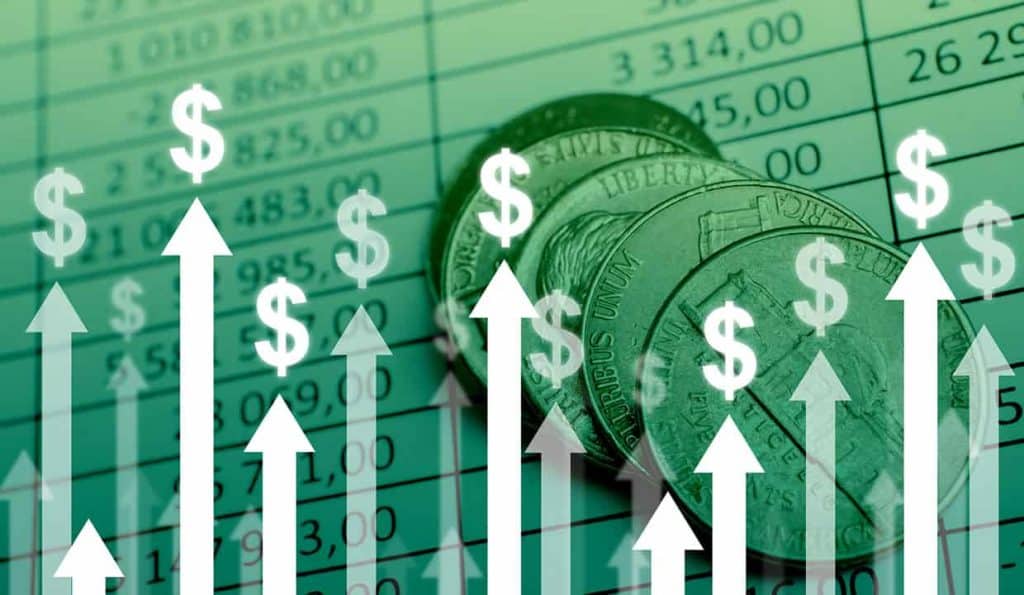
Inflation rose again in April, continuing a climb that has pushed consumers to the brink and is threatening the economic expansion, the Bureau of Labor Statistics reported Wednesday.
The consumer price index, a broad-based measure of prices for goods and services, increased 8.3% from a year ago, higher than the Dow Jones estimate for an 8.1% gain. That represented a slight ease from March’s peak but was still close to the highest level since the summer of 1982.
Removing volatile food and energy prices, so-called core CPI still rose 6.2%, against expectations for a 6% gain, clouding hopes that inflation had peaked in March.
The month-over-month gains also were higher than expectations — 0.3% on headline CPI versus the 0.2% estimate and a 0.6% increase for core, against the outlook for a 0.4% gain.
The price gains also meant that workers continued to lose ground. Real wages adjusted for inflation decreased 0.1% on the month despite a nominal increase of 0.3% in average hourly earnings. Over the past year, real earnings have dropped 2.6% even though average hourly earnings are up 5.5%.
Inflation has been the single biggest threat to a recovery that began early in the Covid pandemic and saw the economy in 2021 stage its biggest single-year growth level since 1984. Rising prices at the pump and in grocery stores have been one problem, but inflation has spread beyond those two areas into housing, auto sales and a host of other areas.
Federal Reserve officials have responded to the problem with two interest rate hikes so far this year and pledges of more until inflation comes down to the central bank’s 2% goal. However, Wednesday’s data shows that the Fed has a big job ahead.
The CPI gains came even though energy prices declined 2.7% for the month, including a 6.1% drop for gasoline. The BLS food index rose 0.9% in April, countering the deceleration in energy. On a 12-month basis, energy costs were still up 30.3% while food rose 9.4%, according to unadjusted data. Gasoline costs at the pump this week reached their highest level ever not adjusted for inflation.
“We’re starting to see energy pull back a little bit, but it’s not enough,” said Kathy Jones, chief fixed income strategist at Charles Schwab. “The markets were hoping for a better number and it’s not good enough to rule out more Fed tightening.”
Adding to worries is the continuing rise in housing costs.
The shelter index, which makes up about one-third of the CPI weighting, increased another 0.5%, consistent with its rise over the previous two months, and was up 5.1% on a yearly basis, its fastest gain since April 1991.
Though the initial reaction was negative, stocks were positive following the report. Government bond yields rose, pushing the yield on the benchmark 10-year Treasury note close to 3.02%.
Markets had been looking for signs that March’s 8.5% CPI reading would mark the peak in pandemic-era inflation.
However, the April report showed that “this is another upward inflation surprise and suggests that the deceleration is going to be painstakingly slow,” said Seema Shah, chief strategist at Principal Global Investors.
Airline fares continued their climb as more people take to the skies amid increased business travel and vacations. Prices rose 18.6% on the month and are up, according to unadjusted data, 33.3% over the past year.
Auto sales also have been a big contributor to inflation as supply chain issues, especially with the semiconductors vital to vehicle operating systems, have pushed prices up. Used vehicle prices fell 0.4% on the month but new vehicle prices rose 1.1%. Prices rose 22.7% and 13.2% for the two categories respectively over the past year.
April also saw big price increases across selected food areas. Chicken was up 3.4% and eggs surged 10.3% amid a bird flu scare, while bacon rose 2.5% and breakfast cereal was up 2.4% Ham prices fell 1.8%.
























